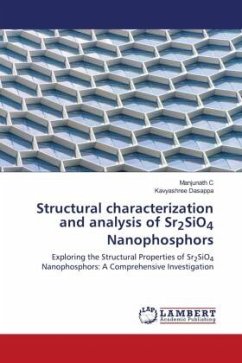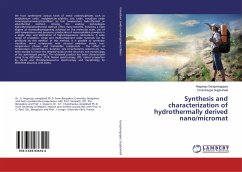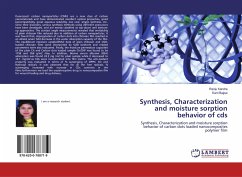Strontium silicate (Sr2SiO4) nanophosphors were prepared by solution combustion synthesis method were characterised by X-ray diffraction, SEM and TEM. Structural optimisation of Sr2SiO4 nanophosphors were done by variation in temperature, fuel and calcination temperature and for the synthesis was obtained. The optimal condition for phosphor synthesised using glycine as a fuel calcinated at 900° C for the duration of 3 hours exhibited better crystallinity. The optimal condition was used further in synthesising of Sr2SiO4:Sm3+, Sr2SiO4:Eu3+ and Sr2SiO4:Dy3+ phosphors. XRD of all the synthesised phosphors were well indexed with JCPDS card No.39-1256 that corresponds to orthorhombic structure. Scherrer and WH-plots were used to determine the average crystallite size and were found to be around 40 nm, 43 nm and 38 nm for Sm3+, Eu3+ and Dy3+ doped Sr2SiO4 respectively. Detailed structural analysis of Dy3+ doped Sr2SiO4 was studied.








